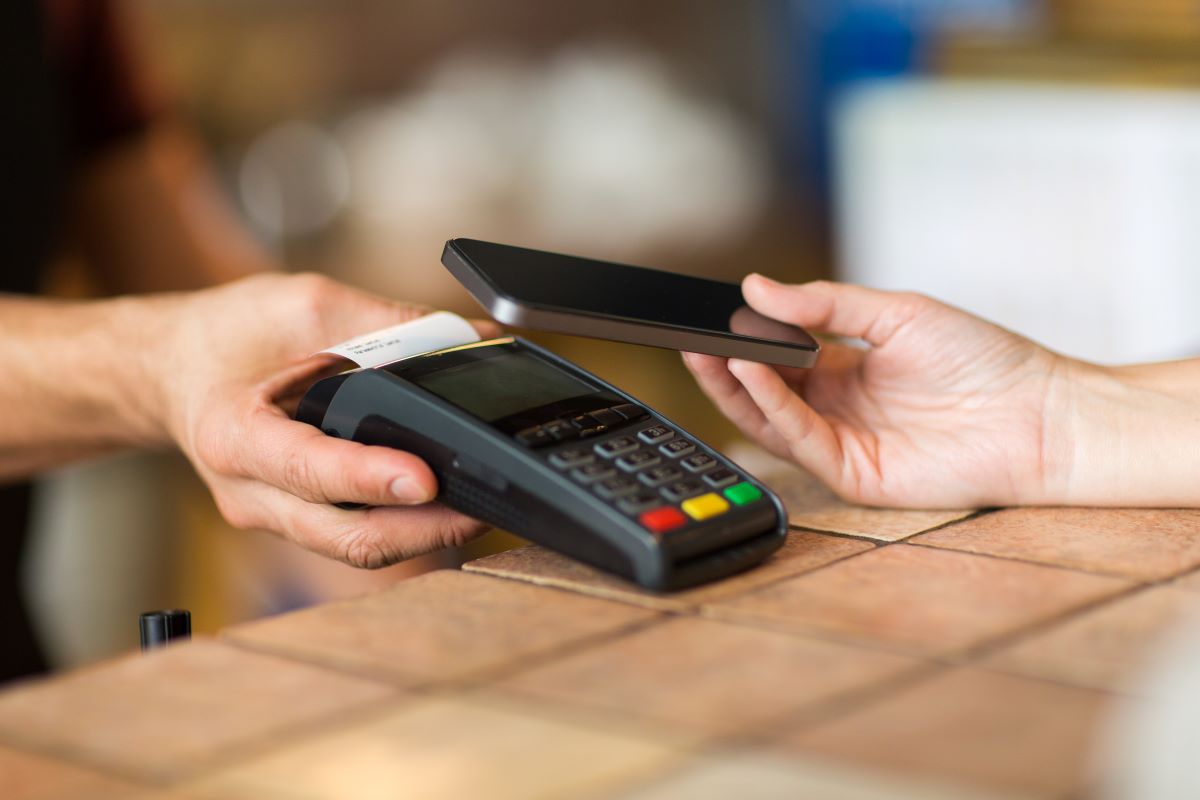Africa becomes a leader in digital payment transactions
It now accounts for 70% of all mobile money transactions across the world

Africa now accounts for most of the mobile money transactions taking place across the world. This according to the latest report by the GSMA organisation. The total value of mobile money transactions on the continent increased by a staggering 39% from US$485bn in 2020 to US$701.4bn in 2021, placing it well above any other region in the world. Active mobile money wallets also rose from 161 million to 184 million, implying that roughly 15% of the continent’s population actively utilises mobile money.
Safaricom’s M-Pesa, MTN’s MoMo, Orange Money and Airtel Mobile Money continue to dominate the market but smaller contenders such as OPay, Wave, Paga and Paystack are catching up. Meanwhile, countries like Kenya, Nigeria, Ghana and Senegal have the most significant mobile money penetration.
A number of factors underlie the rapid proliferation of mobile money in Africa. Most significantly, it has emerged as a swift, convenient and cost effective solution to an enduring problem: financial exclusion. The extent of this was aptly mapped out by a 2021 report by the Financial Technology Partners. According to the report, there are 4.5 traditional bank branches per 100,000 people in Sub-Saharan Africa, as compared to 31.5 traditional bank branches per 100,000 people in the United States. As a result, more than 60% of the continent’s population is unbanked, and with that a substantial amount of economic activity is foregone.
This shortcoming is attributable to an acute lack of physical, digital and policy infrastructure to facilitate traditional banking operations, especially among severely undeveloped countries, in addition to general economic and political uncertainty and insecurity that prevails across much of the continent. As a result, large parts of the continent are classified as a high risk and unattractive prospect for traditional banks, as partly evidenced by the recent exodus of major European banks like Credit Suisse and BNP Paribas from frontier economies on the continent.
Mobile money has emerged as a key bridge to these problems, merging the principles of banking and the practicalities of information and communications technology. Requiring only a smartphone, a registered sim card and internet connectivity, mobile money avoids the infrastructural constraints encountered by traditional banking. Equally, reduced consumer-facing activity circumnavigates the security problem faced by more orthodox institutions. Mobile money has also proven to be pandemic proof. With coronavirus movement restrictions implemented by jurisdictions across the continent, it emerged as an organic means to continue business transactions.
The nature of transactions involving mobile money has also evolved. Historically, local peer-to-peer (P2P) and consumer-to-business (C2B) transactions dominated mobile money trades; however, 2021 B2B transactions grew rapidly, doubling from a monthly average of around US$3bn in 2020 to US$5.5bn in 2021. Mobile money providers have also broadened their offerings from ‘substitute’ currencies to a wider bouquet of financial services including loans and limited insurance coverage. The likes of M-Pesa have also eased the process of remitting foreign currency, which remains a challenge in many African economies due to administrative, infrastructure and liquidity challenges.
Unsurprisingly, investors have caught on to the mobile money boon. According the Disrupt Africa publication, Fintech start-ups received over 50% of US$2bn raised by African tech start-ups in 2021; the bulk of this went to mobile money facilitators. Much of the capital flowing into the African start-up and mobile money scene has also come from Asian investors. Sequoia Capital China and Softbank Ventures Asia have poured more than US$120m into funding to OPay, which operates in Nigeria and Zambia. Meanwhile, Tassion has invested more than US$40m in Nigeria’s PalmPay.
Most exciting is the fact that outlook on mobile money is positive. Although it is unlikely that the market will sustain the boom witnessed between 2020 and 2021, growth will almost certainly trend upwards for the foreseeable future. This is particularly the case as previously inaccessible jurisdictions such as Ethiopia and Somalia begin to open up. Already, the Safaricom Ethiopia joint venture – in which Japan’s Sumitomo is the second largest shareholder – is looking to introduce M-Pesa to Africa’s second most populous country.
With the possibility of further de-regulation by Ethiopian authorities, other Asia-backed mobile money providers may look to venture into what is considered one of Africa’s most lucrative markets. In fact, mobile money across the continent represents a prime opportunity for all types of investors, with the sector offering sound long-term returns and visible impact on local economies – a prime example of profit with purpose.
References
Nigeria’s mobile money transactions surge by over 3000% in the first four months of 2022, Business Insider Africa, 14 June 2022
Fintech in Africa: Overcrowded, just enough or not enough?, Forbes, 09 June 2022
Mobile Money: The $1 trillion industry driving the financial inclusion of the world’s poor, GSMA, 19 May 2022
Africa increasingly whets appetites of mobile money investor, The Africa Report, 08 April 2022
Africa accelerated mobile money growth in 2021, ConnectingAfrica, 31 March 2022
50% of African tech’s $2bn funding pot went to fintech startups in 2021, Disrupt Africa, 08 February 2022
Mobile Money in Africa - Statistics & Facts, Statista, 07 February 2022
Investors from Silicon Valley to China catch the African fintech bug, African Business, 21 September 2021














/enri-thumbnails/careeropportunities1f0caf1c-a12d-479c-be7c-3c04e085c617.tmb-mega-menu.jpg?Culture=en&sfvrsn=d7261e3b_1)

/cradle-thumbnails/research-capabilities1516d0ba63aa44f0b4ee77a8c05263b2.tmb-mega-menu.jpg?Culture=en&sfvrsn=1bc94f8_1)

7e6fdc03-9018-4d08-9a98-8a21acbc37ba.tmb-mega-menu.jpg?Culture=en&sfvrsn=7deaf618_1)







